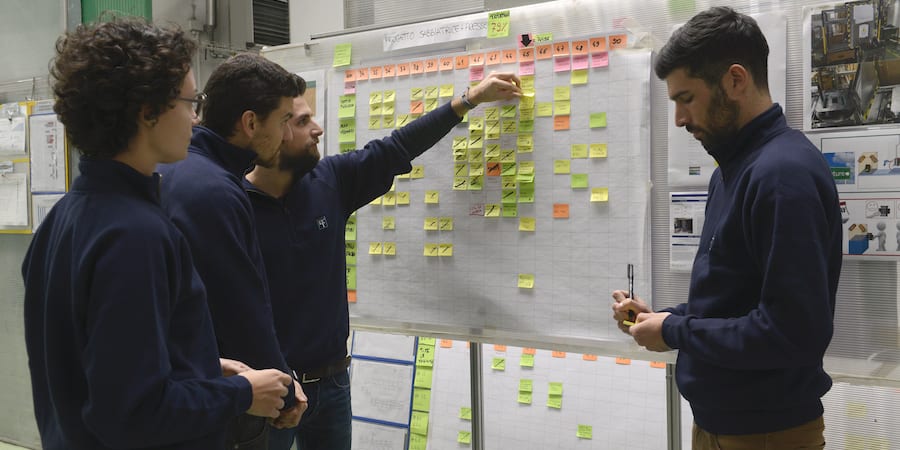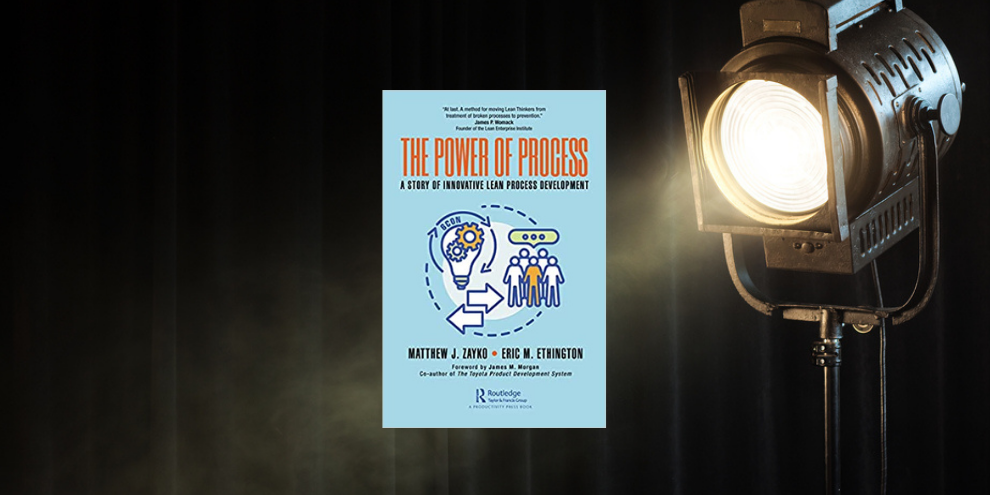
Lean eyes don't lie
FEATURE – Whether improvement efforts are paying off and people are internalizing a lean way of thinking is a constant worry for many leaders. Here’s a trick to gauge how well – or how poorly – things are going in your transformation.
Words: Darren Walsh, Senior Lean Coach, Lean Enterprise Academy
Have you wondered why your teams are not working on the right things? Or why their improvement efforts are not leading to increased performance? As a leader, are you struggling with the constant question of what you need to do differently to meet month-end goals and deliver what the customer needs?
If so, my friends, know that the answer is in the eyes. Yes, seriously, the eyes.
I'm not talking about whether you are received vacant stares from your team or whether they are telling you the truth. What I'm talking about here is rapid eye movement.
Just go along to one of your organization’s team boards (team boards or visual management help the whole team quickly understand performance and how they can help contribute to the team's success). Stand with your back towards the visual management board and just aside of the information and then ask a team member who is not part of that team to stand in front of you and answer a couple of questions.
First, “What’s the performance?” Can they tell you if the team are winning or losing and whether they are ahead or behind?
Secondly, “What's hindering that performance?”
Finally, “What are the team are doing about it, and do they need help?”
Before the person even opens their mouth to answer your questions, you will be able to get your answer just by looking at their eyes.
If their eyes jump around the board in search of the answer, it will be clear that the linkages are fractured or broken. When the linkages are clear for all to see and know, you get the answer within a nanosecond (a second or two later the mouth will confirm it and tell you). In fact, you can try this exercise on yourself, by looking at a board you don’t typically work with: record yourself trying to understand linkages and answer the questions above and you'll see your own eye movement.
You see this in the exact same way from digital boards, but instead of rapid eye and head movement you see hand and finger movement on the track pad and hear multiple clicks.
By the way, if you don't have visual management yet, your ears will give you the answer. Ask people the questions I mentioned above and, if linkages are broken, you will get a different answer from different people, vague statements, long-winded explanations and the default “I'll need to check” (which is universal code for “I don't know”).
What confuses the eyes confuses the brain. Indeed, without clear linkages, team members and management will struggle to understand performance, work on the right things, and make good decisions. This is the fundamental reason why most visual management is lacking and why firefighting still exists in most businesses.
Conversely, when Lean Thinking is effectively built into our visual management and daily routines, we see the logical linkages connecting performance, problems, and actions. As a result, our improvement actions will lead to the desired results, as we become able to surface problems that we never even knew existed (and on which, therefore, nobody was working on) and learn about the business at a much deeper level than ever before.
As well as building Lean Thinking into an organization’s visual management, it is also essential that this is supported by the right management routines, to prevent leaders and managers from jumping to solutions, looking for the wrong things and driving the wrong actions. Something that will inevitably lead people to eventually give up and accept firefighting and inefficient processes as natural parts of the work.
Give this a try, and let me know what you discover.
THE AUTHOR

Read more


SAVE THE DATE – Our editor introduces the theme of this year’s Lean Global Connection, which focuses on rethinking leadership to ensure our organizations can tackle daily issues while keeping an eye on their long-term strategy.


FEATURE – Embracing lean is like painting: tools are colors, respect for people is the brush, and true change blends both with intention.


INTERVIEW – At the European Lean Summit in Venice, our editor sat down with Italy’s lean CEO extraordinaire. His company, which serves the natural gas industry, has been on the journey for almost two decades.


INTERVIEW – The authors of the new book The Power of Process debunk some of the most common myths about lean process development.

